
Historial Charles de Gaulle
The Historial Charles de Gaulle is an interactive multimedia space dedicated to the work of the public figure, leader of Free France and then founding President of the Fifth Republic.
After more than a year of modernisation work, you can now discover this space located under the Cour de la Valeur. The Historial, by focussing on the immersion in image and sound, establishes itself as a laboratory in which to invent and experiment on the museum forms of tomorrow.
What is the Historial Charles de Gaulle?
This 1,500m2 space, which is the result of a close collaboration between the Musée de l’Armée and the Fondation Charles de Gaulle, presents the role and work of the public figure, leader of Free France and founding President of the Fifth Republic.
It was created as part of an entirely audio-visual and interactive museography in which visitors are immersed, through images, in a century marked by his imprint.
A temporary exhibition space
Twice a year, a temporary exhibition on a little-known subject from the years 1890–1970 will be hosted at the Historial, in its former 17th-century stone corridor.
The first exhibition, which will be launched in November 2021, will focus on the Free French Fighters of the Eritrean campaign.
The Historial tour
At the end of the corridor, visitors are invited to help themselves to an audio guide, which will automatically be activated thanks to its infrared system – included in the museum admission fee – enabling them to visit the exhibition independently. Visitors will be able to access 400 audio-visual documents and 20 hours of audio content. The content of the Historial is available in French and English.
The Cross of Lorraine Mobile Known as "France Forever", by Alexander Calder
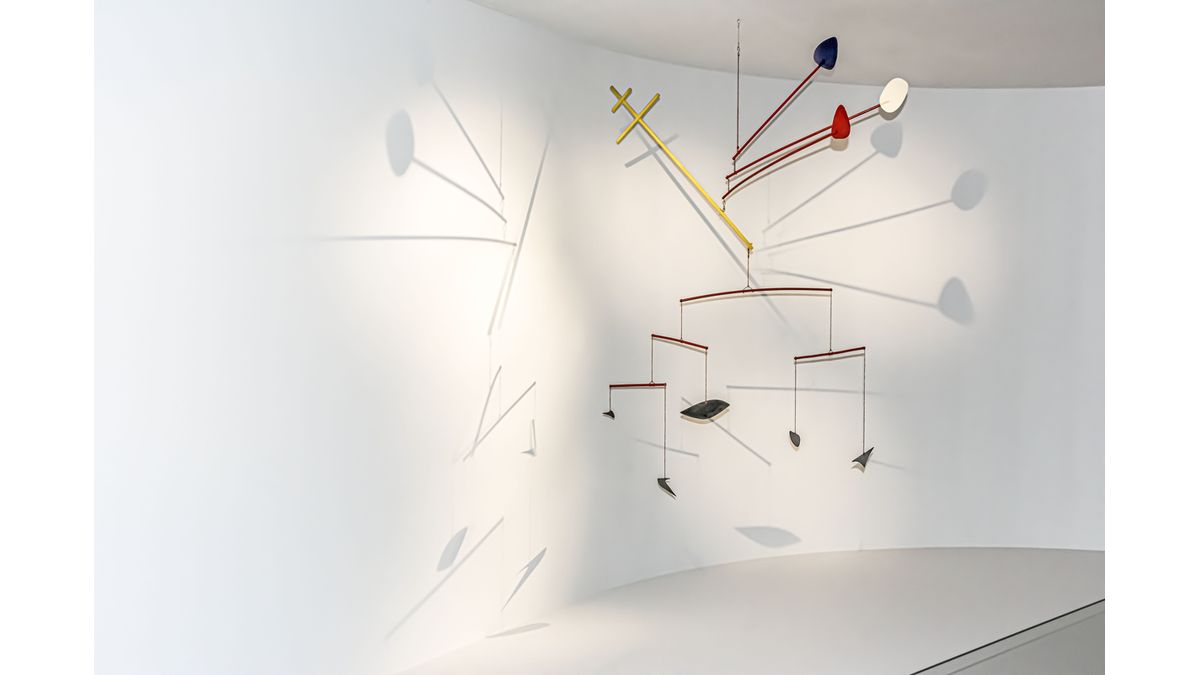
Since the reopening of the Historial, a new major heritage artifact has been integrated into this interactive space. Indeed, as soon as they enter, visitors are greeted with a mobile by Alexander Calder: The Cross of Lorraine Mobile known as “France Forever”, the American artist’s work of resistance made in 1942. In 2019 it was recognised as a work of major heritage interest by the French Ministry of Culture and was acquired by the Musée de l’Armée in 2020, thanks to the exceptional sponsorship of the CIC, a major partner of the Musée since 2003.
A multimedia device designed for the occasion allows for an analytical viewing of the work in 3D.
De Gaulle Imagery
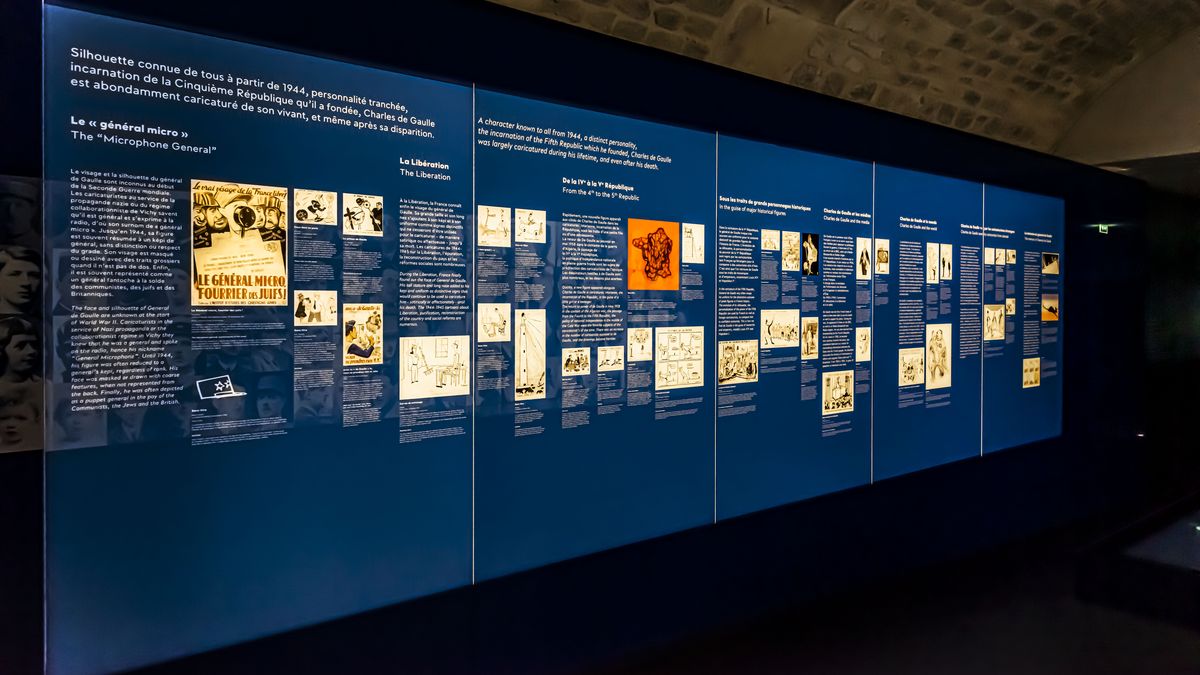
Two new installations focussing on the portrayal of General de Gaulle are now available to visitors.
A family game on a touch screen enables visitors to discover the figure in a playful way, through the photographs taken of him during his life and career.
A second installation features a range of caricatures depicting him, dating from 1940 to nowadays and made by French and foreign cartoonists. This presentation enables a distanced evocation of the General’s work through a variety of themes, seen through the eyes of artists who were there at the time.
The Biopic
At the heart of the Historial, a 25-minute biopic is available in 8 languages (French, English, German, Spanish, Italian, Russian, Mandarin, Japanese). This film, produced by the Fondation Charles de Gaulle, is an introduction to the tour, suitable for both the connoisseurs of the period and the neophytes.
The film by Olivier Brunet, with music by Bruno Coulais and commentary written in 2006 by Maurice Druon, offers an epic vision of the Gaullist epic which is enhanced by the voice of Francis Huster. The chosen technology of projection on five screens pays tribute to the last 30 minutes of Abel Gance’s Napoléon.
Youth and War
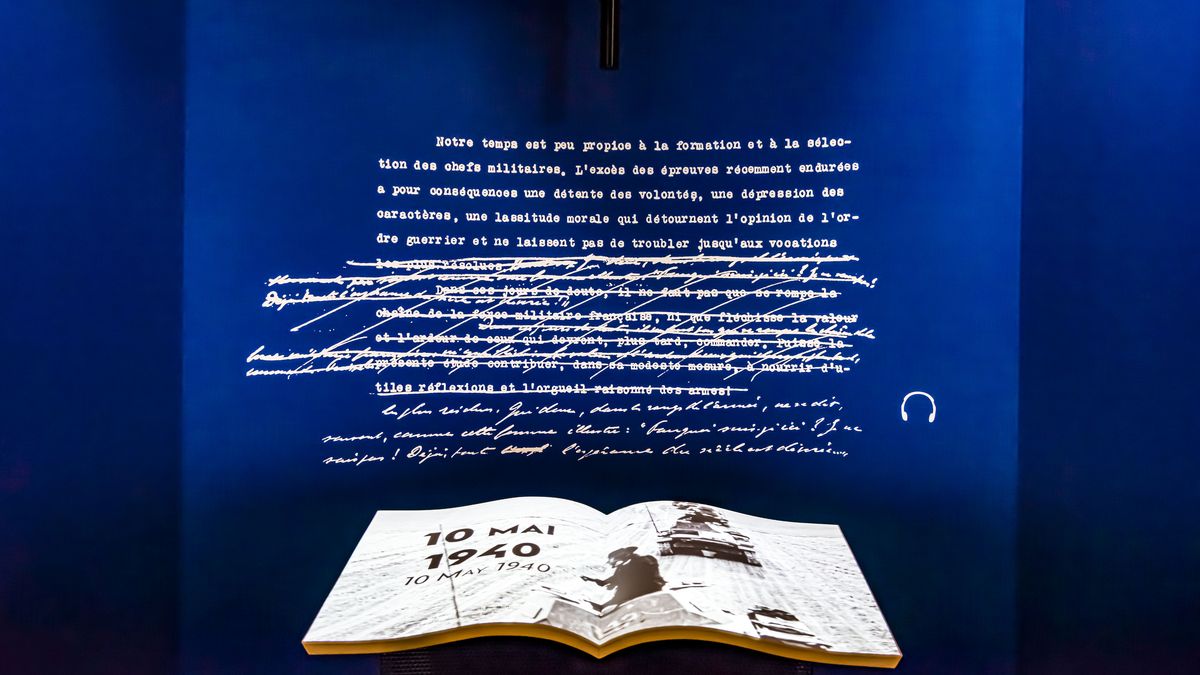
“All my life I have had a certain idea of France.”
This is how the first volume of Charles de Gaulle’s War Memoirs, published in 1954, begins.
The tour continues with images of the events that marked the childhood of Charles de Gaulle. This is followed by rare photographs of him taken during the First World War during which he was taken prisoner, and then in Poland where he was an instructor during the Polish–Soviet War. Finally, a digital device in the shape of a book analyses, through images, the military strategy books written by de Gaulle during the interwar period.
Free France
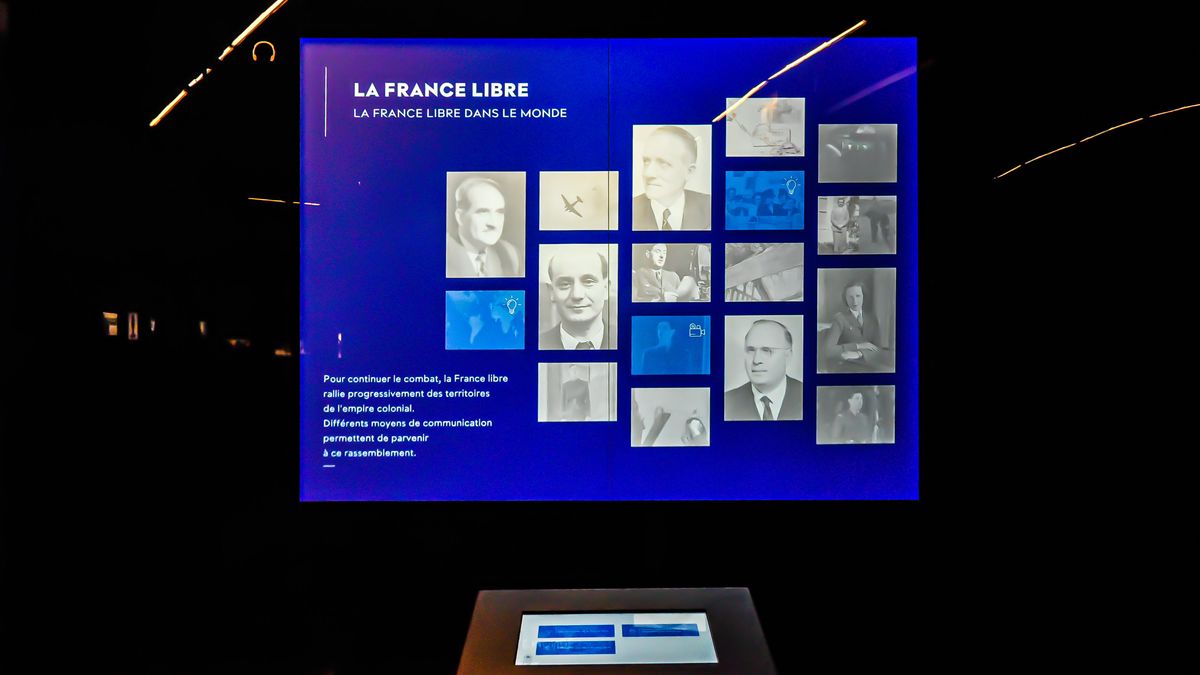
An interactive touchscreen allows visitors to discover the different aspects of Free France: its creation, functioning, the men and women who made its history. Raw audio-visual archives and audio-visual archives with commentaries are alternated with photographs and biographical records of Free French men and women.
The Liberation
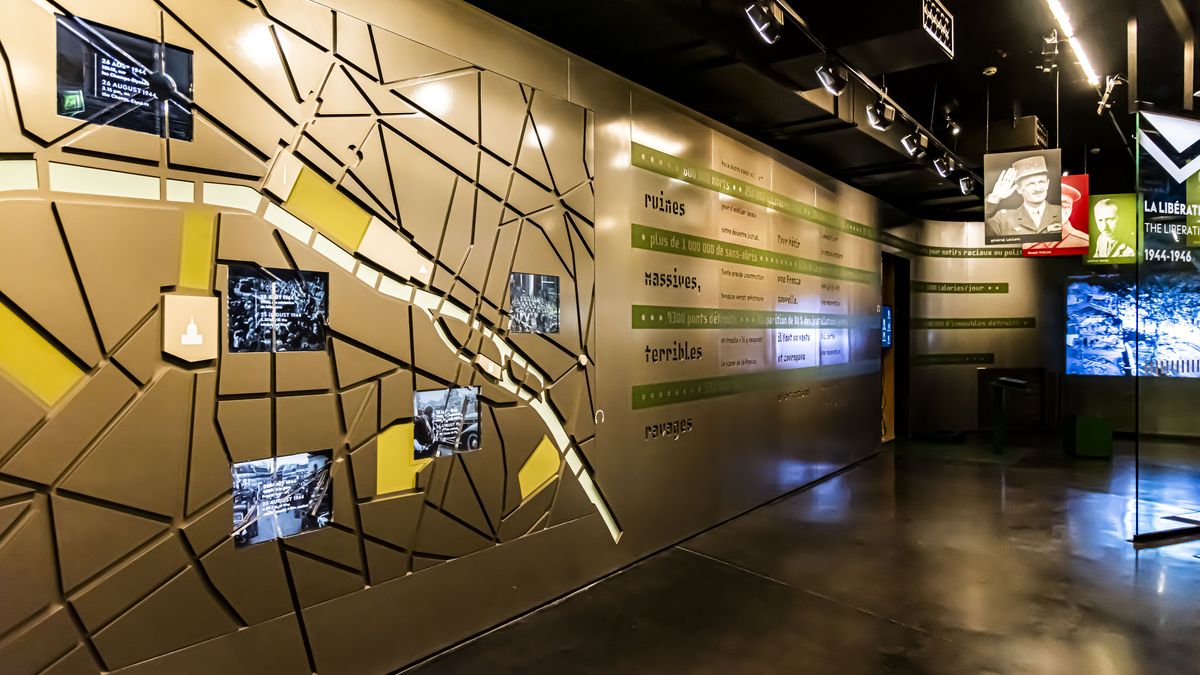
The Second World War part continues with the Liberation, which is represented by an animated fresco, as well as archive images. At the end of this sequence, a “historians’ debate” device enables visitors to ask questions virtually to historians specialised in the Second World War and the Resistance.
The RPF
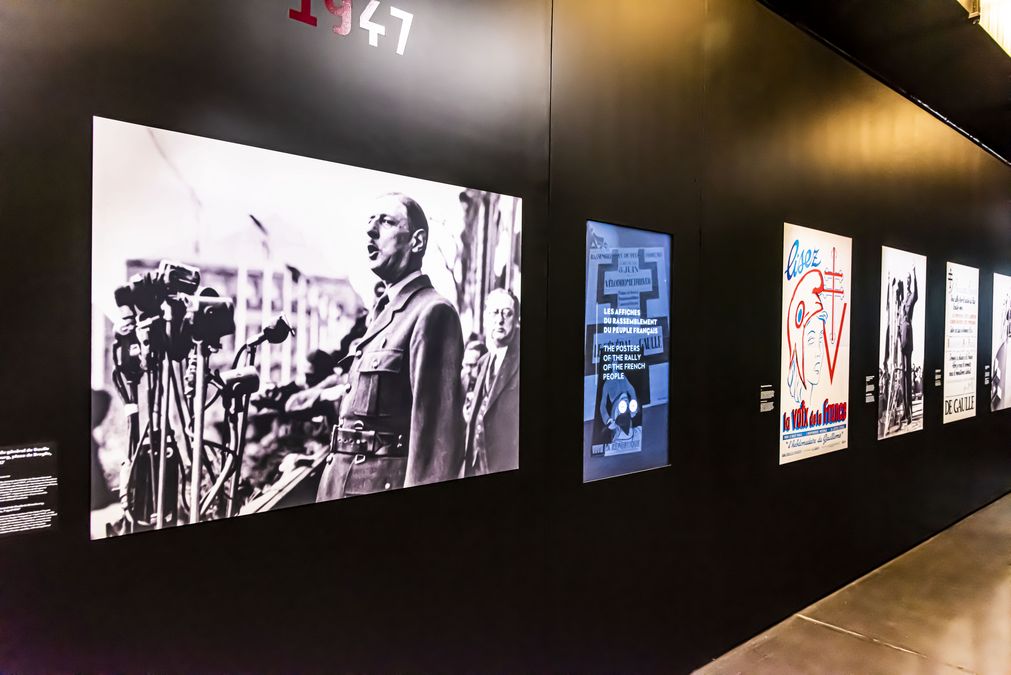
In the space dedicated to the Rally of the French People (Rassemblement du Peuple Français or RPF) founded by de Gaulle in 1947, visitors will find a multimedia device devoted to decoding the posters of this period through images.
The Desert Crossing
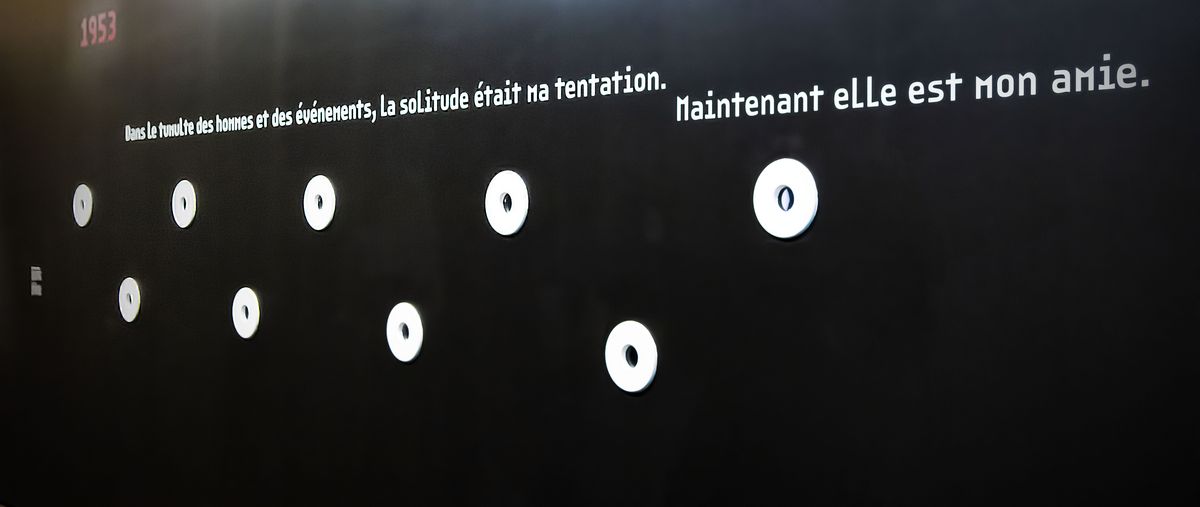
From 1953 to 1958 de Gaulle began his “desert crossing”, which is when he wrote his War Memoirs. He granted a photographic report to Paris Match in his family home in Colombey-les-Deux-Églises for the publication of the first volume in 1954. This place was a sanctuary, and only the General’s friends and family were allowed there. The photographs taken by the French magazine can be seen through spyholes in a very understated setting.
The Return to Power Against the Background of the Algerian War
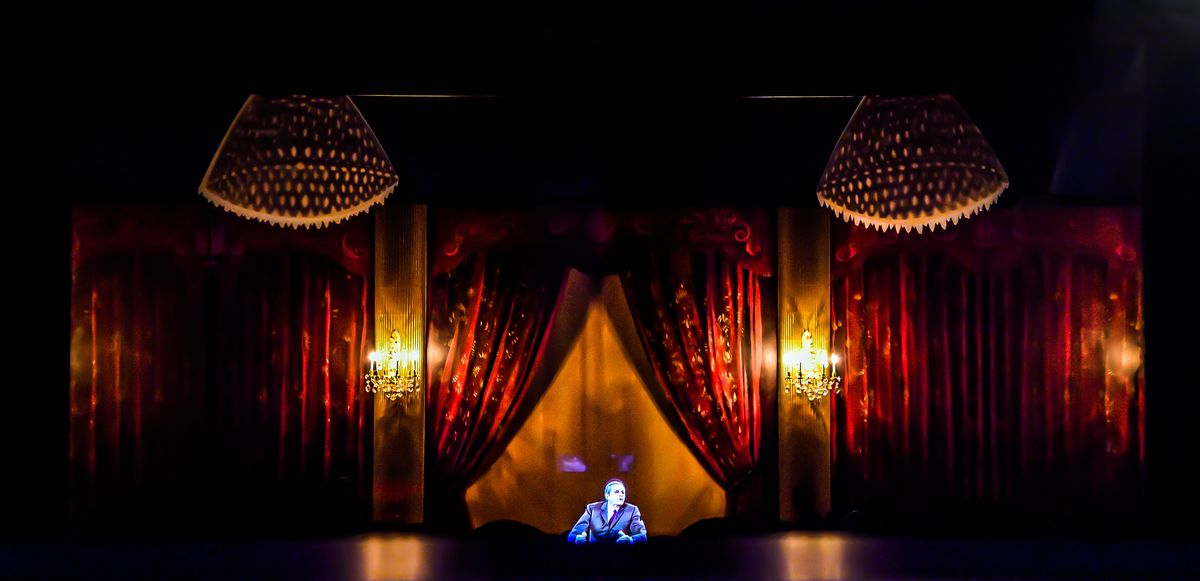
Charles de Gaulle’s return to power against the background of the Algerian War is approached from different angles in debates by historians, to virtually ask historians specialised in the Algerian War the most complex questions.
Another animated feature allows visitors to watch over an hour of archives on the Constitution of the French Fifth Republic, its creation, its functioning, and its evolution. An optical theatre supplements these devices, featuring in a playful way the press conferences at the Elysée Palace, where visitors will be able to access the most famous questions put to the General and his equally famous answers.
France During the Cold War
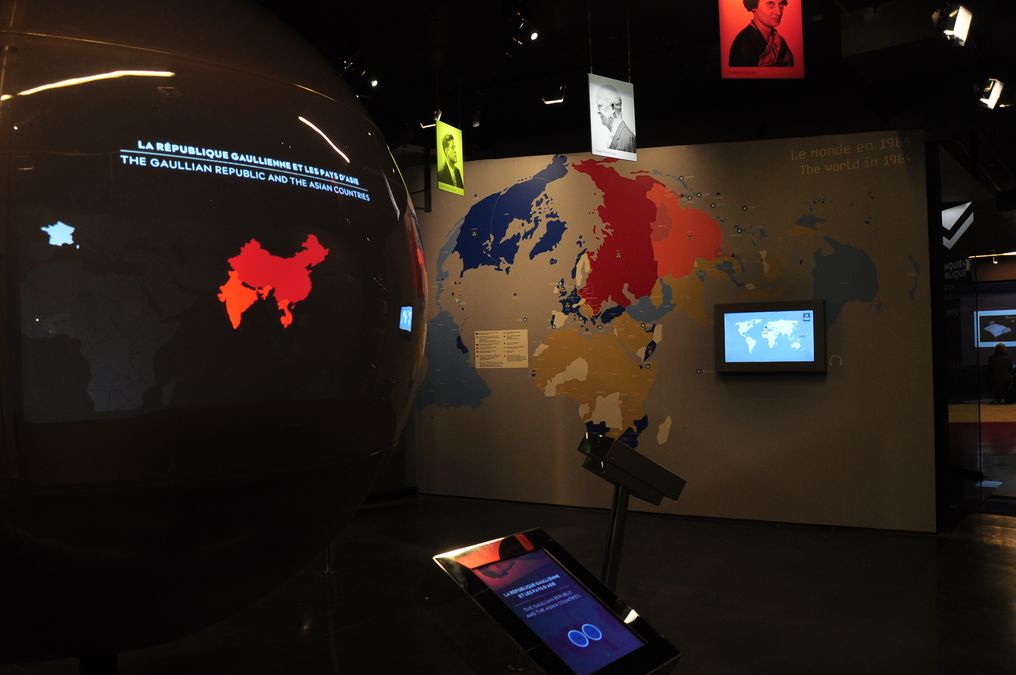
The Historial Charles de Gaulle is the only museum space in Paris to address the Cold War. An animation allows visitors to better understand the place and role played by France during this period under de Gaulle, while audio-visual archives allow them to (re)discover France’s diplomatic relations with the different regions of the world.
Les Trente Glorieuses (The Glorious Thirty)
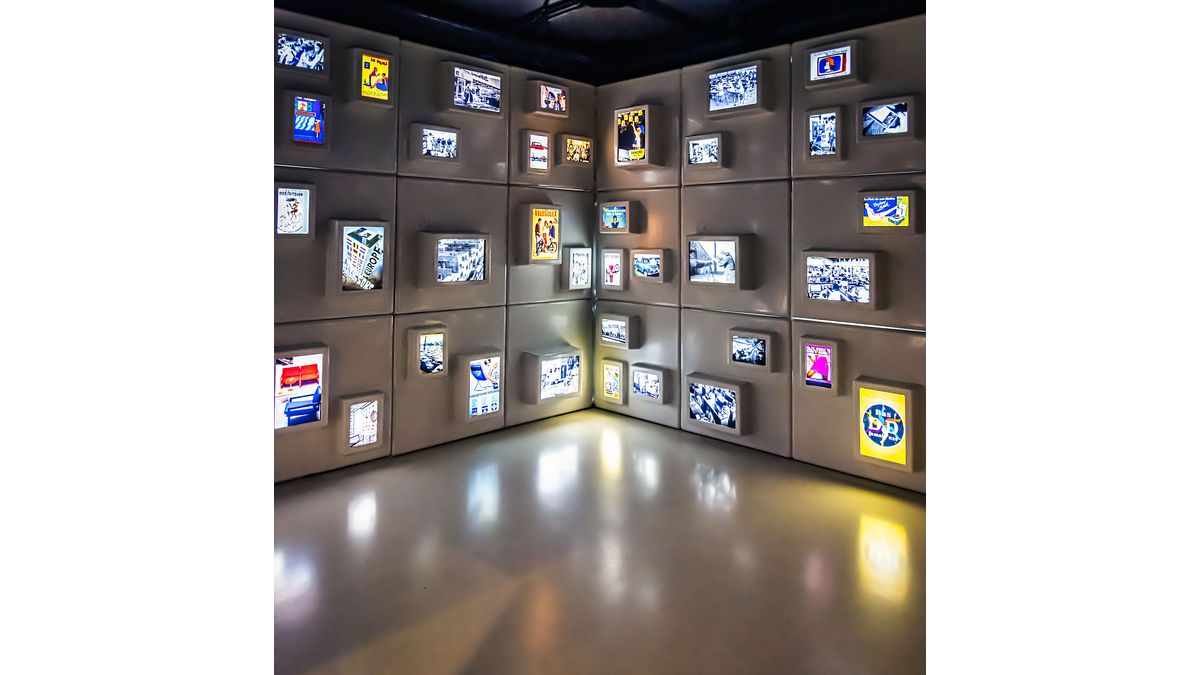
The space dedicated to the Trente Glorieuses (Glorious Thirty) is truly a space for intergenerational exchange and provides the opportunity to revisit the major economic, societal, demographic, and cultural developments of the 1960s through photographs, posters, album covers…
May 68
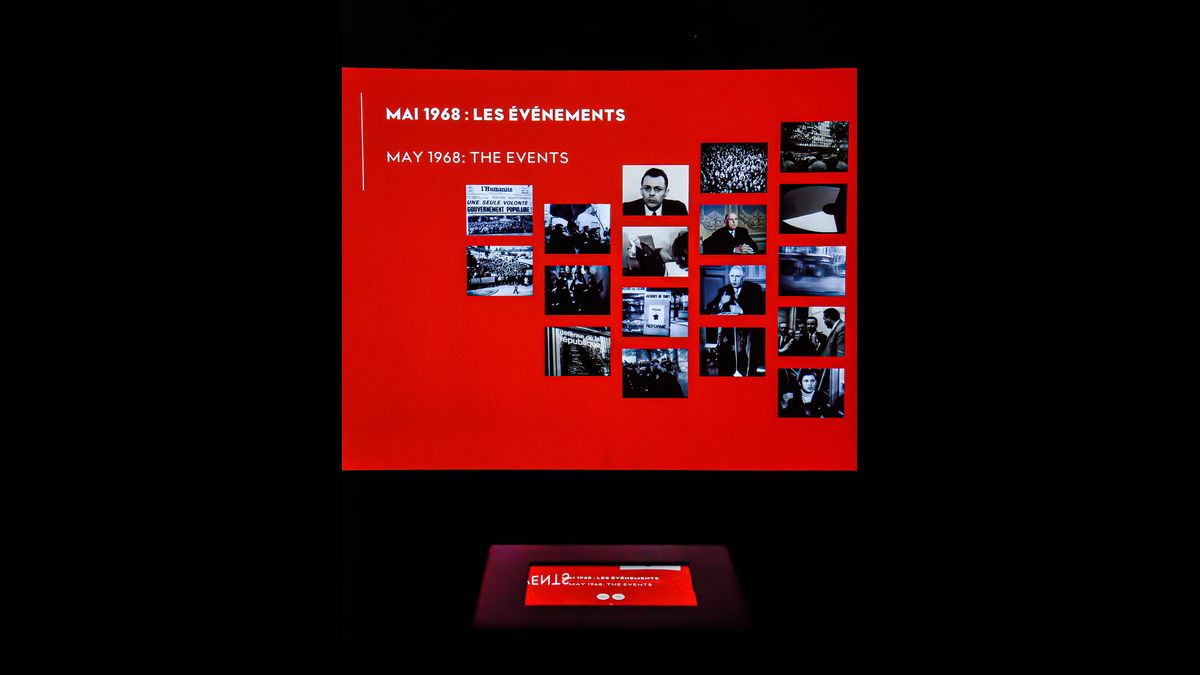
The Historial is the only permanent French museum space to address and analyse the events of May 68 and its workers' and students' movements, all in an immersive setting.
Resignation and Death
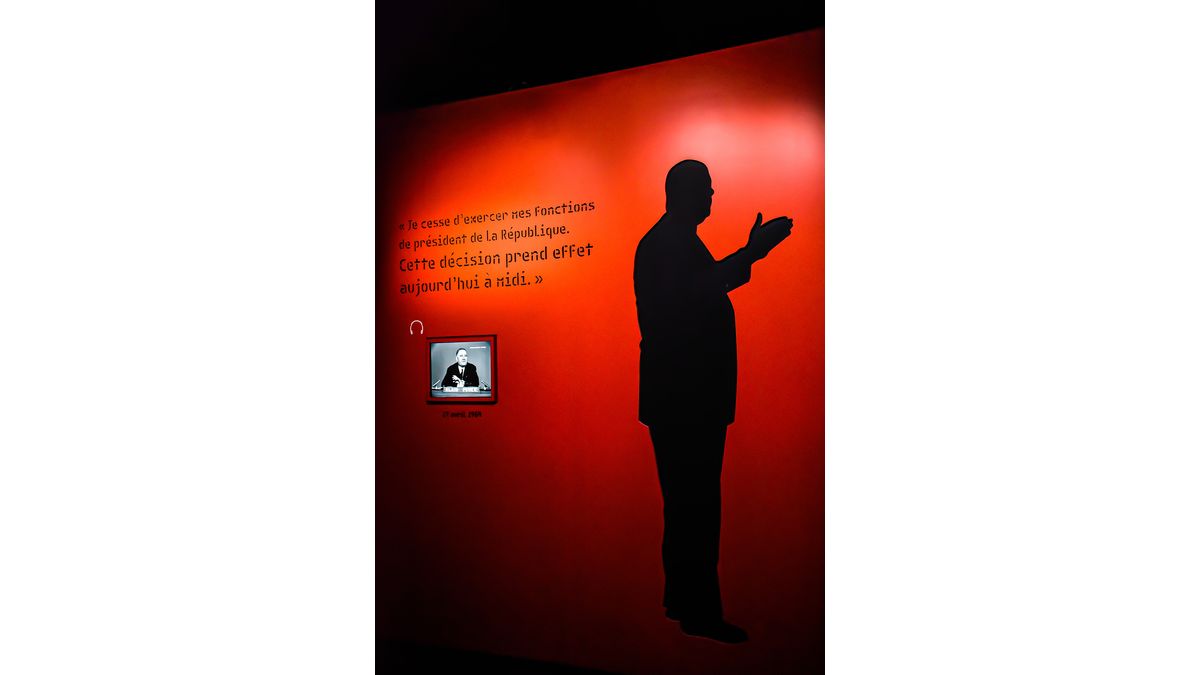
De Gaulle resigned following the rejection of the referendum of 27 April 1969 on “the bill on government decentralization and changes to the Senate”. He died on 9 November of the following year.